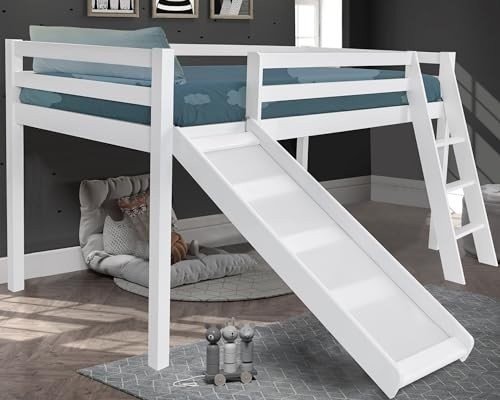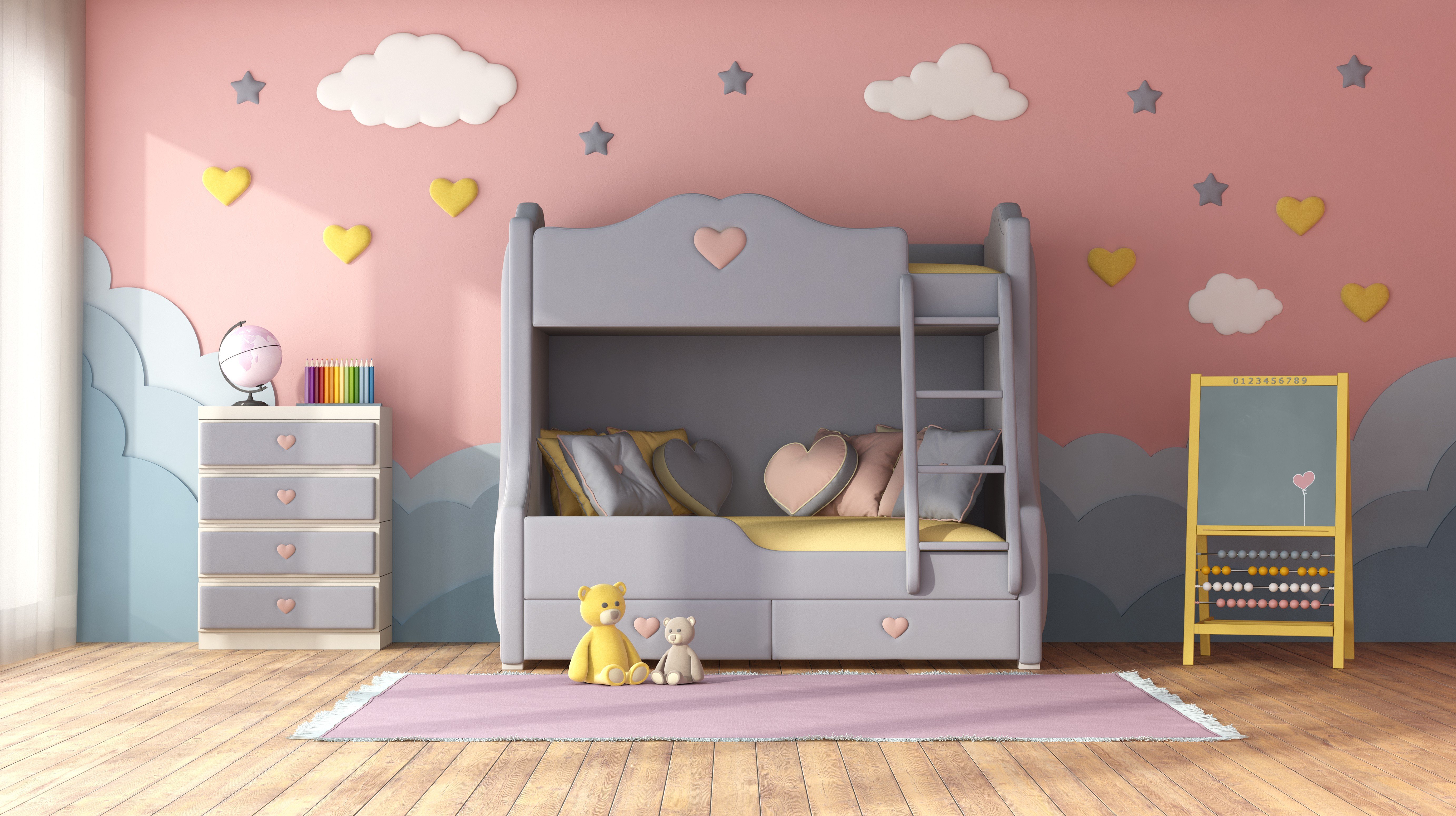
Bunk Beds for Kids: A Comprehensive Guide
Bunk beds have actually been a popular option for children's bedrooms for several years. They offer a space-saving solution that maximizes floor area, supplies enjoyable climbing up alternatives, and can be found in a range of styles that appeal to children's imaginations. This short article explores the advantages, considerations, styles, and safety features connected with bunk beds for children.

Benefits of Bunk Beds
Bunk beds present several benefits that make them an attractive option for households. Here are some key advantages:
Space Saving
- Bunk beds enable two or more children to share a space without compromising space for play or other activities.
Cost-efficient
- Buying a single bunk bed can be more economical than buying two different beds.
Fun Factor
- Kids often see bunk beds as a fun place to sleep and play, cultivating a sense of adventure.
Flexibility
- Bunk beds are available in different configurations, consisting of L-shaped, loft beds, and even convertible designs that can alter as children grow.
Organization
- Lots of bunk beds feature integrated storage options, such as racks and drawers, helping keep rooms organized.
Key Considerations Before Purchasing
Before investing in a bunk bed, it's important to think about certain factors, such as:
Space Requirements
Procedure the space to guarantee that there is enough vertical space, enabling sufficient headroom on the leading bunk.
Age of Your Children
Consider their age and maturity. Numerous makers advise that kids under six must not sleep in the leading bunk due to security issues.
Weight Limit
It's important to check the weight limitations of the bunk bed for both the top and bottom bunks to ensure security.
Design Preferences
Select a style that matches the room's decor and the kids's preferences.
Material
Bunk beds are offered in various materials, such as wood or metal. Each has its advantages and disadvantages regarding sturdiness and aesthetics.
Designs of Bunk Beds
Bunk beds are available in various styles to fit different looks and functional needs. Here's a list of some popular designs:
Standard Bunk Beds
Classic stacked beds that include two beds developed one above the other.
Loft Beds
A bed elevated high off the ground, with space underneath for a desk, play area, or storage.
L-Shaped Bunk Beds
Two beds set up in an L-shape, supplying more flooring space and a special style aspect.
Twin Over Full Bunk Beds
These options include a twin bed on the top and a full-sized bed on the bottom, accommodating older kids or adults.
Triple Bunk Beds
Created for three children, these beds typically consist of 3 stacked beds, ideal for bigger families.
Security Features to Consider
Guaranteeing the security of children using bunk beds is vital. Here are some safety features to search for before making a purchase:
Guardrails
A bunk bed should include tough guardrails on the leading bunk to prevent accidental falls.
Ladders
Make sure that the ladder is safely attached and easy for kids to navigate safely.
Stability
Search for bunk beds with lower centers of gravity and large bases to provide much better stability.
Quality Construction
Pick beds made from durable materials that meet security requirements, such as ASTM (American Society for Testing and Materials) guidelines.
FAQs About Bunk Beds
1. What age is proper for a leading bunk?Generally, children aged six and older are recommended for sleeping in the top bunk. 2. Are bunk beds safe for toddlers?Most specialists recommend against
positioning toddlers in the leading bunk due to the
danger of falls and improper ladder usage. 3. Can bunk beds for kids beds be separated?Many bunk beds are developed to be separated into 2 standalone beds,
supplying added versatility as children grow
. 4. How do I preserve a bunk bed?Regularly look for loose screws and wear, keep bed mattress tidy, and ensure that the bunk bed is
steady to prolong its life expectancy. 5.
Exist any unique mattress requirements for bunk beds?Yes, mattresses for bunk beds must fit comfortably without leaving gaps. Typically, thinner bed mattress
(around 6 to 8 inches )are suggested for leading bunks for safety. Bunk beds use a flexible, practical, and enjoyable service for kids's sleeping arrangements, maximizing space while accommodating numerous kids in one room. By thinking about the essential aspects
of style, safety, and space, moms and dads can make an informed decision when picking the right bunk bed for their kids's needs. With the best care and maintenance, a bunk bed can be a cherished piece of furnishings that supplies years of use and enjoyment for kids. Summary Table of Bunk Bed Styles Design Description Best For Requirement Bunk Beds Classic style, two stacked beds Smaller spaces Loft Beds Raised bed with open space below Study or play areas L-Shaped Bunk Beds 2 beds in an L-shape



